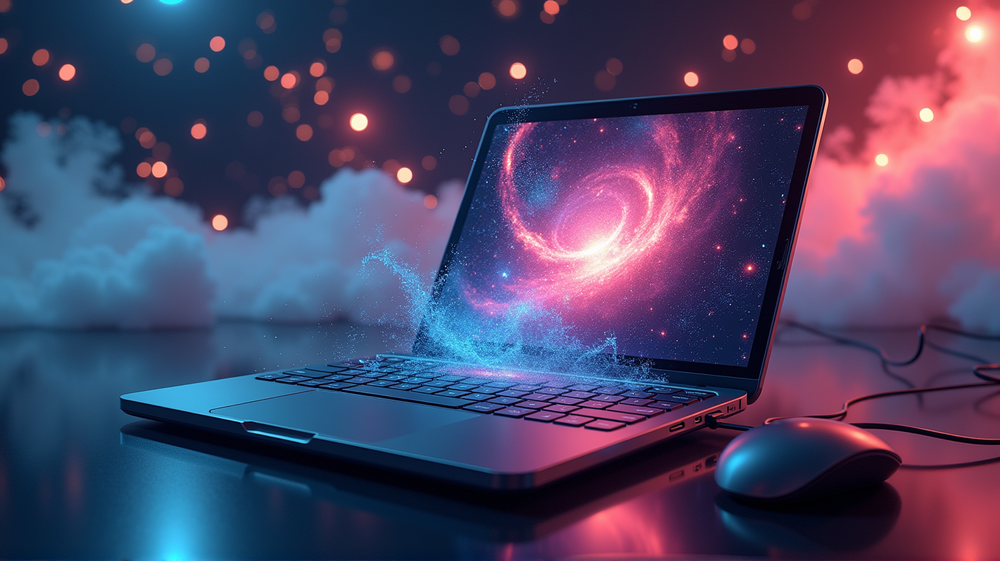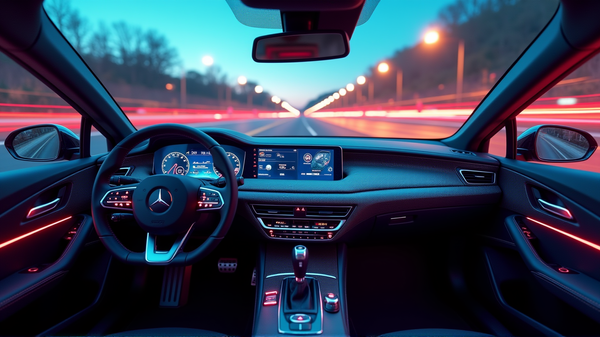Google's Ambitious Leap: Android Phones to Transform into Full-fledged Desktops
In a move that could redefine mobile computing, Google is taking strides towards introducing a desktop-mode experience for Android devices reminiscent of Samsung’s DeX. Imagine your Android phone not just being your communication or entertainment hub but your entire desktop workstation as well.
Android 14 to 16: Bridging the Desktop Experience
This technological leap began with Android 14 QPR3 introducing DisplayPort mirroring for the Pixel 8 series. Fast forward to Android 15 QPR1, and developers received their first taste of desktop windowing on Pixel Tablets. Android’s growth marks an evolution toward integrating desktop-like functionalities directly into mobile devices, allowing for greater flexibility and convenience.
The Power of Desktop Windowing
The current beta of Android 16 showcases an innovative approach, enabling “desktop windowing on secondary displays.” As stated in 9to5Google, connecting a Pixel 8 Pro to a laptop unveils a taskbar populated with recent and pinned apps, along with typical desktop navigation tools. It’s a vision where apps freely dance in resizable windows, the quintessence of a full desktop experience.
A Glimpse into Google’s Desktop Vision
While this technology has the potential to redefine how we use our phones, the broader implications hint at more significant ambitions. Google might be positioning itself to challenge traditional laptops with a unique Android-based desktop experience. Gesture-friendly interfaces, keyboard, and trackpad interaction could soon be commonplace directly from a phone.
The Rising Debate: Dedicated Device vs. Transformative Tech
Despite the innovation, questions linger about consumer reception. The familiar model of dedicated laptops for computing contrasts sharply with this new vision. The allure of a phone that doubles as a desktop requires a paradigm shift in consumer habits and expectations — requiring peripherals like external keyboards, displays, or even new breed laptop shells sans the processor.
The Future is Wireless and Mobile
To achieve a seamless experience, a wireless connection between the phone and peripheral devices might be the next frontier. It’s a sentiment echoed by those envisioning mobile devices blanketing all traditional computing tasks. And if anyone is poised to lead the charge toward this future, it’s no surprise that Google and its robust ecosystem of partners would be at the helm.
Stay tuned to 9to5Google for all updates related to this groundbreaking development and more insights into Google’s technological advancements.




